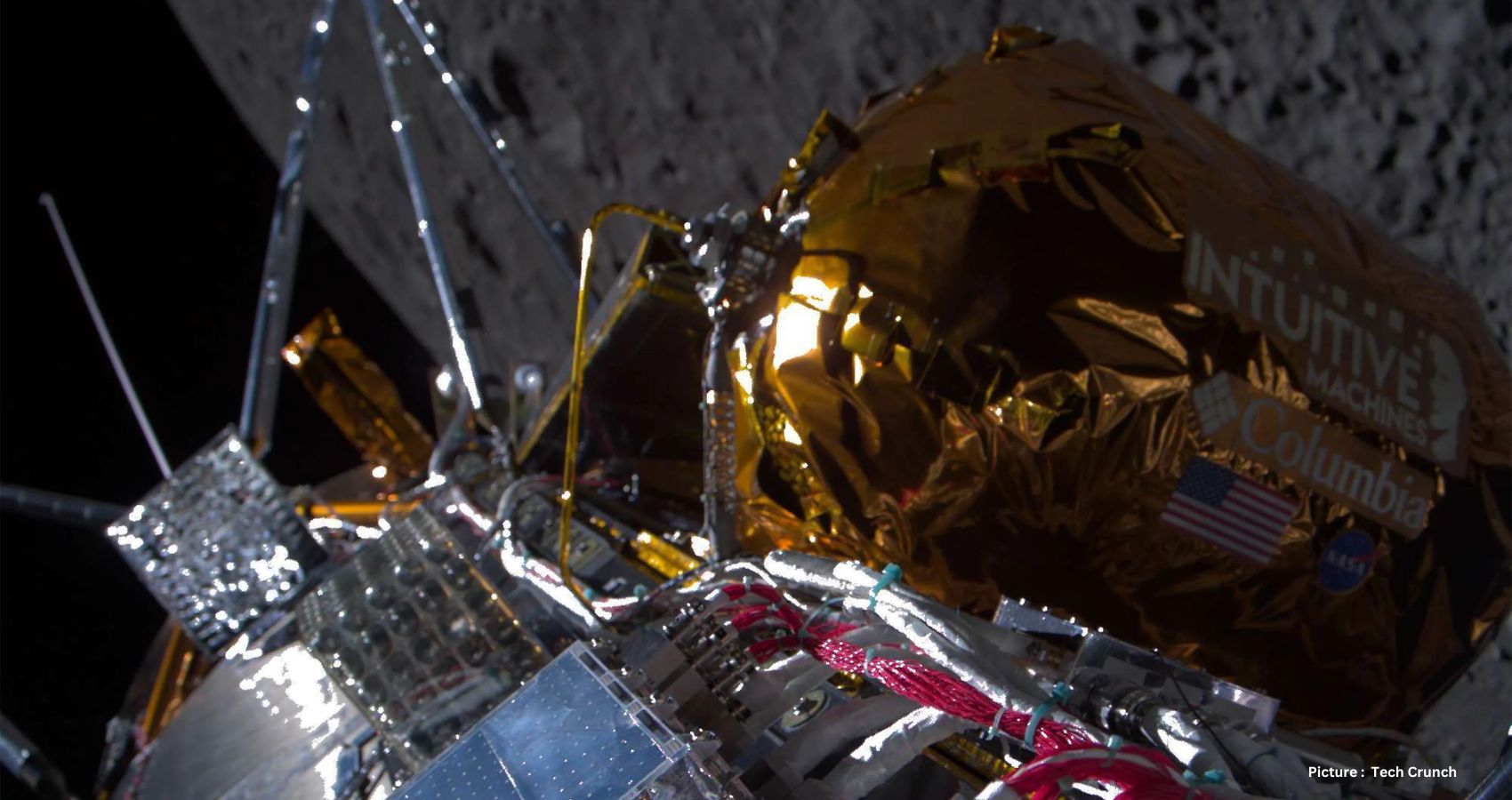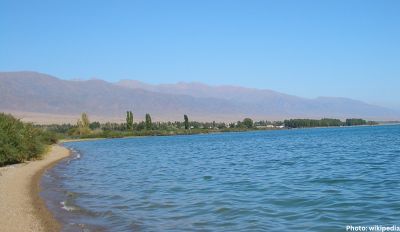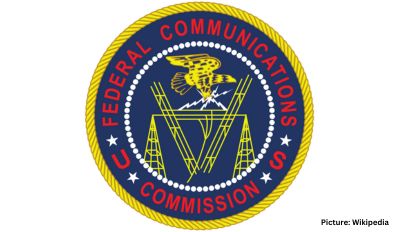An American firm has achieved a groundbreaking milestone by becoming the inaugural commercial entity to land a spacecraft on the Moon.
Intuitive Machines, headquartered in Houston, successfully deployed its Odysseus robot near the lunar south pole.
Confirmation of the craft’s touchdown was initially delayed, but flight director Tim Crain eventually announced, “What we can confirm, without a doubt, is our equipment is on the surface of the Moon and we are transmitting,” prompting cheers and applause from company staff.
This achievement holds significant importance not only for the commercialization of space but also for the broader US space program. Intuitive Machines’ feat marks the end of the United States’ fifty-year hiatus from the lunar surface, tracing back to the last Apollo mission in 1972.
The Odysseus mission included six scientific instruments purchased by NASA, whose administrator Bill Nelson swiftly extended his congratulations, hailing the mission as a “triumph” and emphasizing the significance of NASA’s commercial partnerships in rekindling American lunar exploration.
Despite encountering a potentially mission-threatening technical glitch prior to descent, with Odysseus’ ranging lasers malfunctioning, engineers managed to resolve the issue by integrating experimental lasers from NASA into the navigation system.
After touching down at 23:23 GMT, initial communication with the robot was absent, causing apprehension among controllers. However, a faint link was eventually established, leading to relief as Intuitive Machines confirmed Odysseus’ upright position and data transmission, including imagery.
The designated landing site, adjacent to the Malapert mountain complex, marked the southernmost point ever visited by a spacecraft on the Moon, situated at 80 degrees South. This location, under consideration for future human exploration as part of NASA’s Artemis program later in the decade, features deep craters perpetually shrouded in darkness, potentially harboring frozen water, a critical resource for sustaining human presence on the Moon.
Lori Glaze, NASA’s director of planetary science, emphasized the significance of lunar ice, highlighting its potential to provide water and essential resources for astronauts, thereby facilitating human exploration efforts.
Among NASA’s payloads aboard Odysseus, scientific investigations aim to better understand lunar dust behavior, addressing challenges faced by Apollo astronauts, including equipment scratching and clogging.
Additionally, six commercial payloads, including a student camera system from Embry-Riddle Aeronautical University and an artistic contribution by Jeff Koons representing lunar phases, enhance the mission’s scientific and cultural significance.
Prior to Intuitive Machines’ achievement, government space agencies exclusively executed soft landings on the Moon, including the US, the Soviet Union, China, India, and Japan.
In January, another American company, Astrobotic, attempted a lunar landing with its Peregrine lander, which encountered technical issues en route and was unable to touchdown, resulting in its return to Earth’s atmosphere for disposal.











